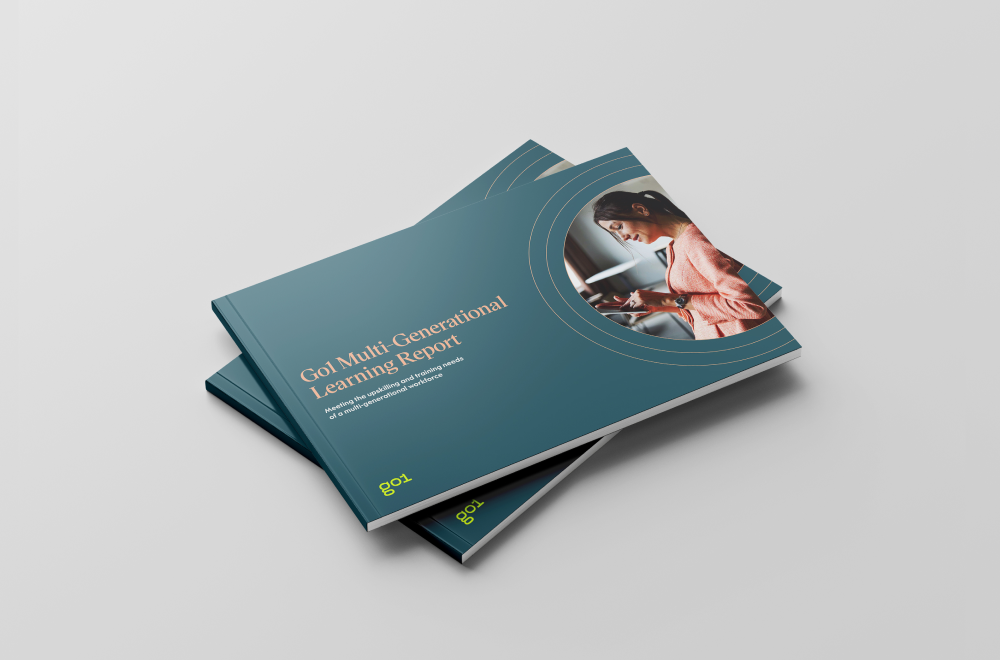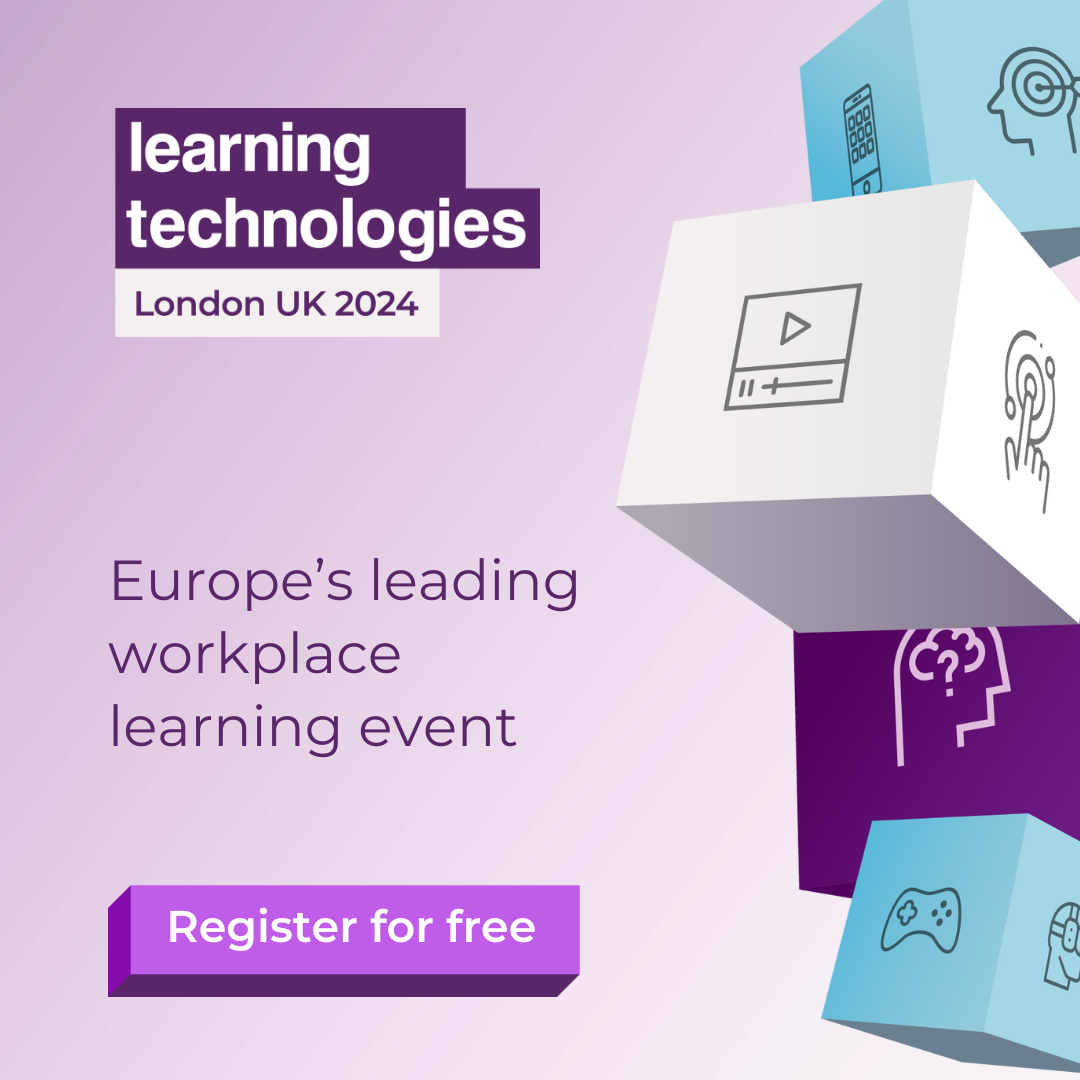
How to prepare employees for an unknown future

In a recent webinar, Caitlin Powell from People Management spoke with Go1’s Senior Customer Success Manager, Craig Hamill, and guest speaker, Laura Overton, Co-Founder of Emerging Stronger, about how to best prepare employees for the unknown jobs of the future. The pair kick off the webinar by diving into future skills that employees might need, before moving on to discuss whether or not technology can help scale up future-fit skills. The panellists frequently interact with viewers throughout the session, inviting them to participate in polls to better understand the current state of the workforce and where companies can start improving.
Skills that might be needed
When asked where the greatest skill gaps for the future are, 30% of the webinar viewers said in general management, 27% responded in IT and 20% answered in customer service. The panellists are adamant this is just a small representation of the wide range of future skills that will be needed for the new world of work. Skill gaps could also extend to interpersonal skills, such as emotional intelligence, creativity, problem-solving, agility. Though we don’t know what the future of work will look like, one thing we are aware of for certain is that technology is bringing change, and we need to be prepared to adapt.
While leaders are considered to play a vital role in shaping organisations, future-fit skills are no longer only in the hands of the elite. Rather, they need to be distributed across a workforce if everyone is going to adapt to a changing environment.
Can technology help scale up future-fit skills?
Technology has been viewed as a hindrance, especially during the pandemic, when face-to-face interactions were limited. However, the L&D community has grown, becoming more and more digitally oriented with every passing year. This has pushed us to look at technology’s role through a different lens, forcing us to realise it is crucial, and can only be a hindrance if not planned or used properly.
Throughout the session, the speakers stressed the importance of viewing technology as an enabler. It has provided more access, shares just-in-time information, can be self-directed, has democratised learning, reduced costs and forced adaptability. Data shows that mature, high-performing organisations are the ones more likely to integrate technology and see more productivity, increased agility and better work culture.
Nonetheless, there is a key to using technology correctly. Before introducing workplace technology, organisations need to ensure it connects with business and employee priorities, leveraging the right content, people and data. These connections ensure that technology helps companies meet their goals, that they adapt, and that they continue to utilise the new skills they learned.
Missed the webinar? Catch up on the recording here.



